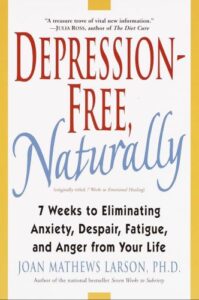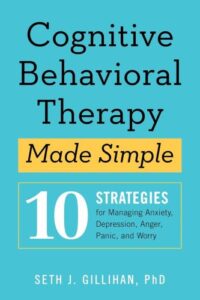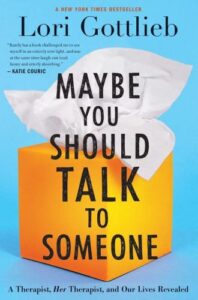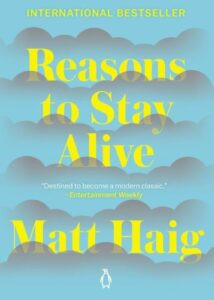Hooked: How to Build Habit-Forming Products
Book Author: Nir Eyal
Summary reviewed by:
Terrence Timmons
Terrence Timmons
Analyst
Bachelor of Arts (BA), University Of California, Santa Barbara 2019
With over 4 years of experience as an analyst. Terrence Timmons is committed to analyzing summaries without compromising on quality.
Hooked: How to Build Habit-Forming Products: Summary
Ever wondered why some products become a part of your daily routine without you even noticing? 'Hooked: How to Build Habit-Forming Products' is your guide to understanding the underlying psychology of habit formation and how you can tap into it to make your products indispensable." At the heart of Nir Eyal's groundbreaking book lies a compelling thesis: successful products are those that create user habits. Drawing on years of research, Eyal, with a background in psychology and business, delves into the Hook Model—a four-step process designed to subtly encourage customer behavior. This model is not just a theoretical concept; it's a well-researched framework grounded in the principles of Behavioral Design and Psychology, making Eyal's insights both credible and highly applicable.
Eyal doesn't just stop at theory; he makes the journey to product indispensability seem within reach. By breaking down the Hook Model into its components—Trigger, Action, Variable Reward, and Investment—he provides a clear roadmap for embedding products into users' lives. Through examples ranging from social media platforms to productivity tools, he illustrates how leading companies have successfully made their products habit-forming. The book is not just about understanding these strategies; it's about applying them. Eyal ensures this by including practical exercises, tools, and step-by-step guides that help readers implement the Hook Model in their own projects.
What sets 'Hooked' apart is its realistic approach. Eyal acknowledges the challenges in creating habit-forming products but guides the reader through overcoming these hurdles. He emphasizes ethical considerations, urging creators to use the Hook Model responsibly and to enhance users' lives. This balance between effectiveness and ethics makes 'Hooked' a must-read for anyone looking to create products that not only capture attention but also improve user habits in meaningful ways.
Hooked: How to Build Habit-Forming Products: Genres
Non-fiction
Business
Technology
Psychology
Entrepreneurship
Marketing
Consumer Behavior
Product Development
Hooked: How to Build Habit-Forming Products: Themes
Behavioral Psychology: The book delves deep into the minds of users, revealing why they become attached to certain products. It discusses concepts like cognitive load and variable rewards, with examples from successful companies like Facebook and Twitter.
Product Development: The book presents the ‘Hook Model’ as a framework to guide the product development process. It suggests using user psychology to create habit-forming products that encourage repeated usage.
Ethical Responsibility: Along with strategies to create addictive products, the book emphasizes the ethical responsibility that comes with it. The author advises against manipulation and advocates for designing products that improve users’ lives.
User Engagement: The book consistently highlights the importance of user engagement in creating successful products. It explains how to make users invest their time, data, and effort into your product, thereby increasing their likelihood of repeated engagement.
Habit Formation and Behavioral Psychology: Eyal explores how products can be designed to tap into human habits and behavioral triggers, using examples like social media platforms that use notifications (Triggers) to draw users back.
The Hook Model: Central to the book, this theme outlines a four-step process (Trigger, Action, Variable Reward, Investment) that guides the creation of habit-forming products. For instance, Eyal discusses how email checks (Action) can become addictive due to variable rewards (new messages).
Ethical Product Design: A recurring theme is the responsibility of designers to use the Hook Model ethically, aiming to improve users’ lives rather than exploit their vulnerabilities. Eyal emphasizes creating products that users can depend on without negative consequences.
User Investment and Product Loyalty: The book highlights how encouraging users to invest time, data, or effort into a product increases their commitment and loyalty. An example given is user-generated content platforms, where the investment in creating content ties users more closely to the platform.
Hooked: How to Build Habit-Forming Products: Methodology
In creating this summary, our approach was guided by a commitment to delivering user-focused content, expert analysis, and a keen emphasis on practical application. We delved into Nir Eyal's 'Hooked' with an eye for what intrigues and benefits you, the reader, from the psychology of habit formation to the ethics of product design. Our diverse team of literature aficionados and data analysts meticulously unpacked the book's core themes and insights, ensuring each point resonated with real-world applicability. Whether it's understanding the Hook Model or navigating the ethical landscape of product development, our goal was to not just inform but empower you to apply these insights seamlessly into your endeavors, maintaining the utmost quality and integrity throughout.
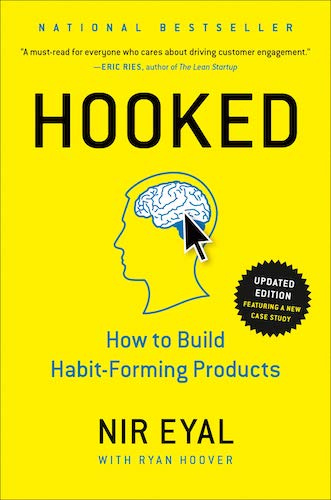

Hooked: How to Build Habit-Forming Products
Date Published: December 26, 2013
Disclaimer: As an Amazon Associate I earn from qualifying purchases.

